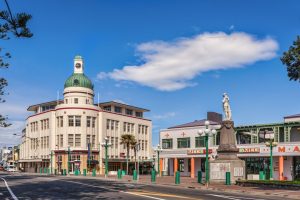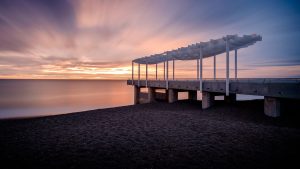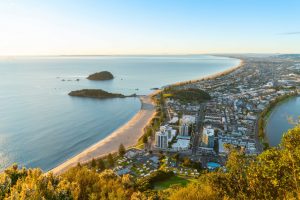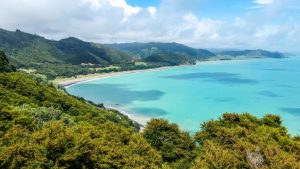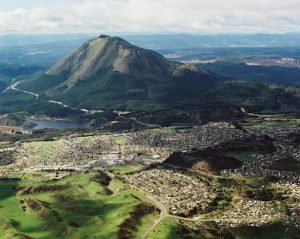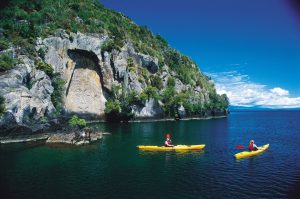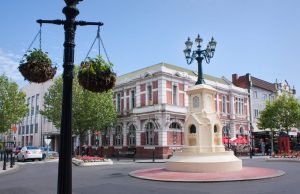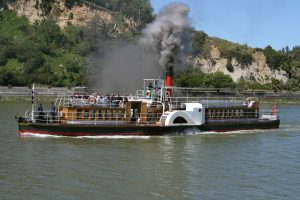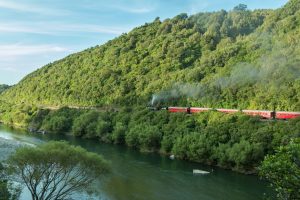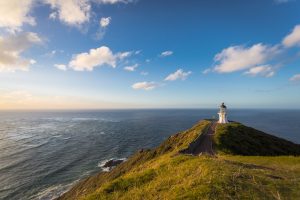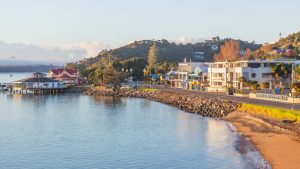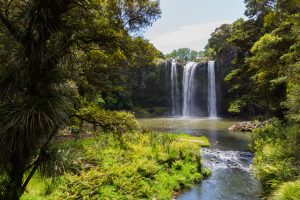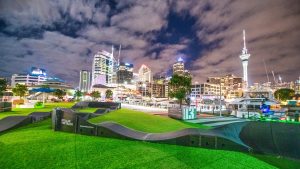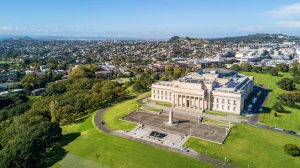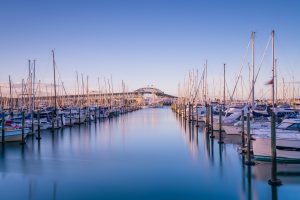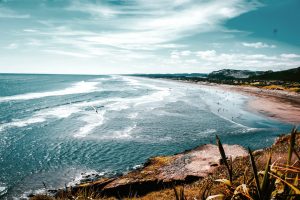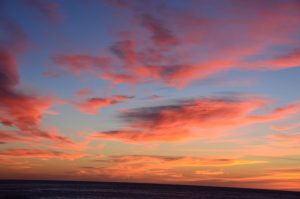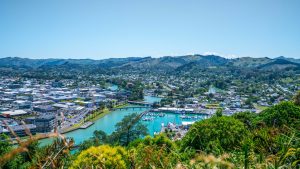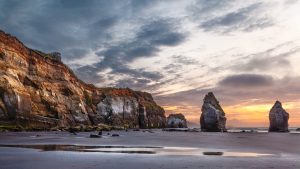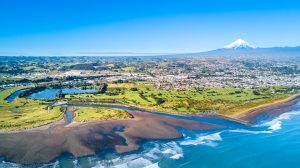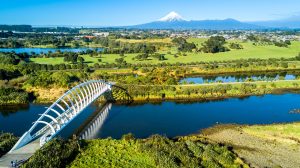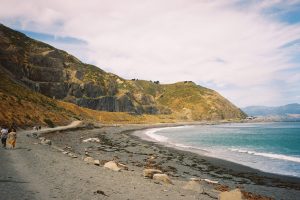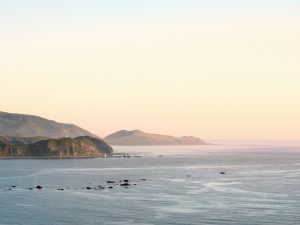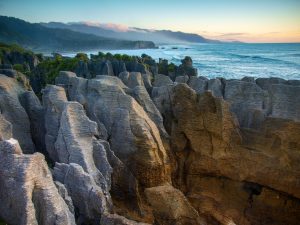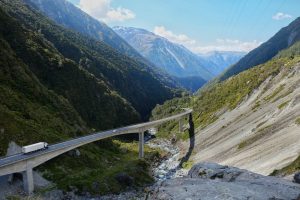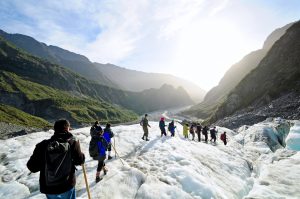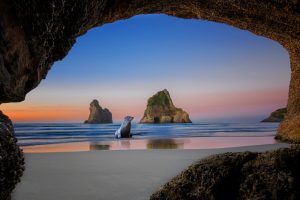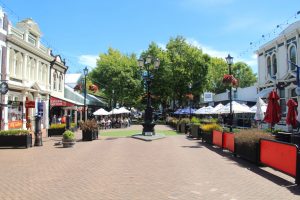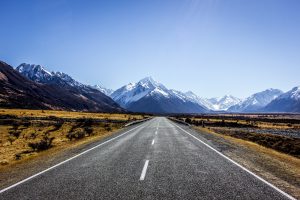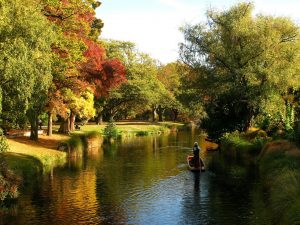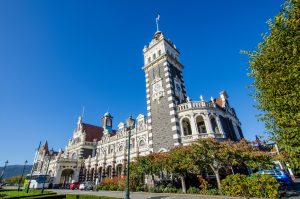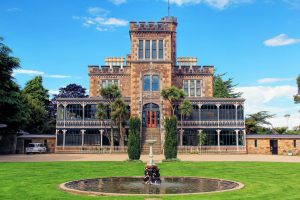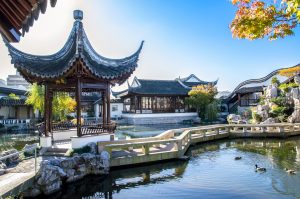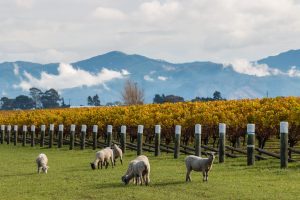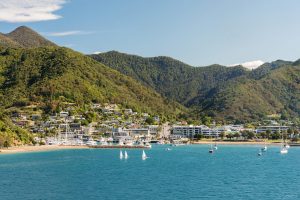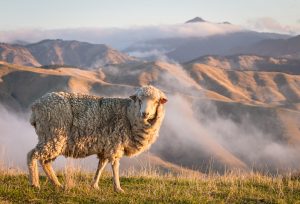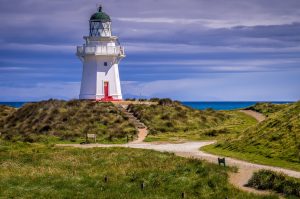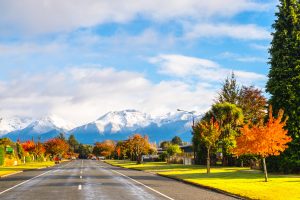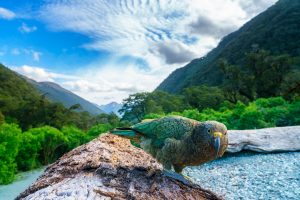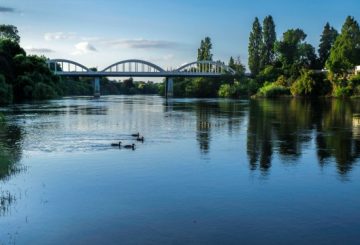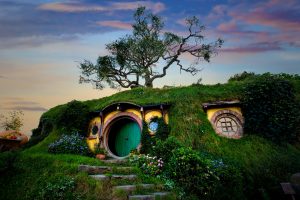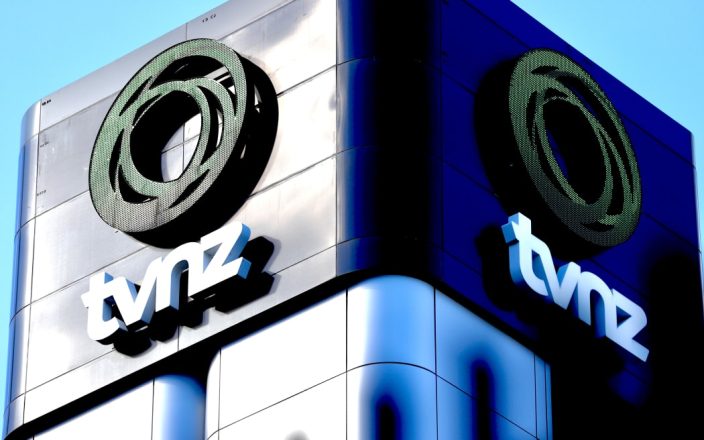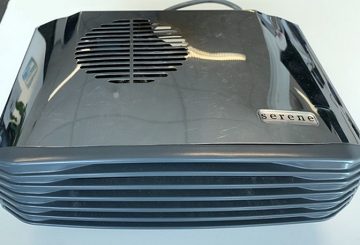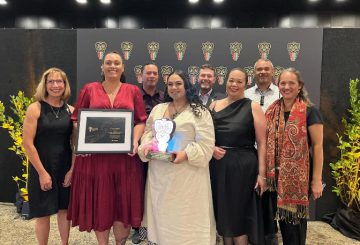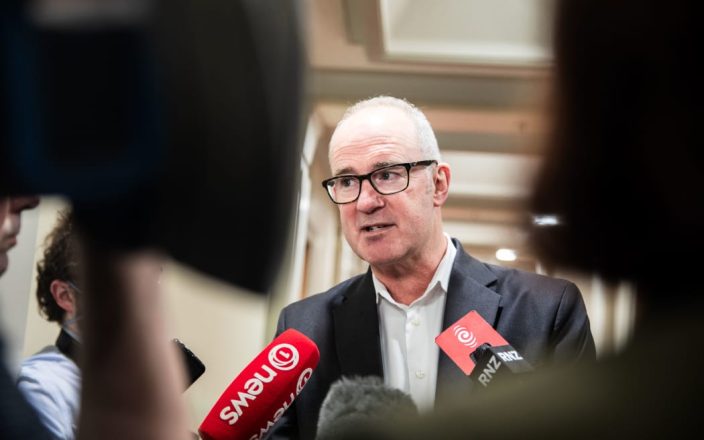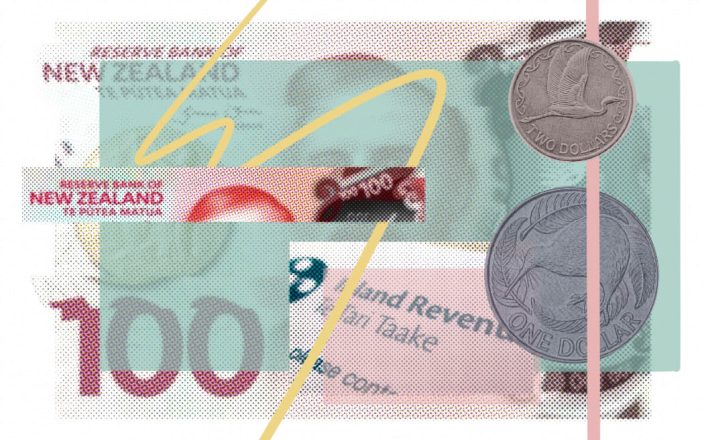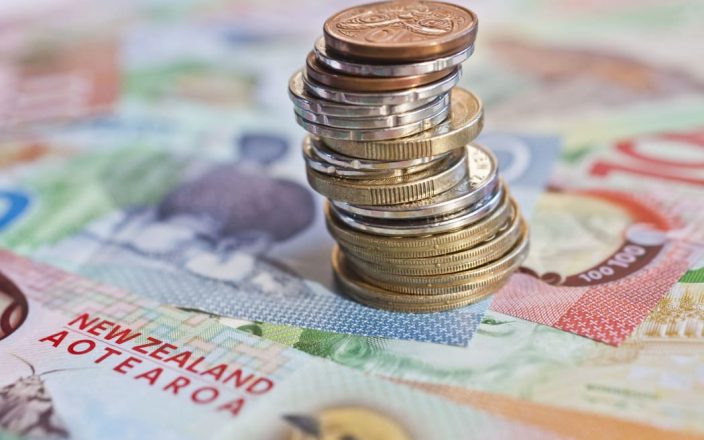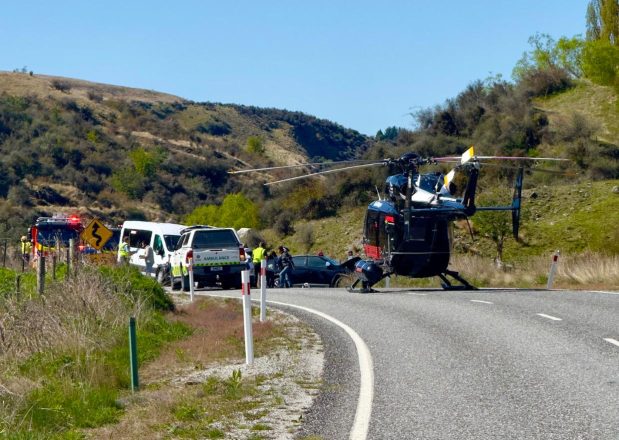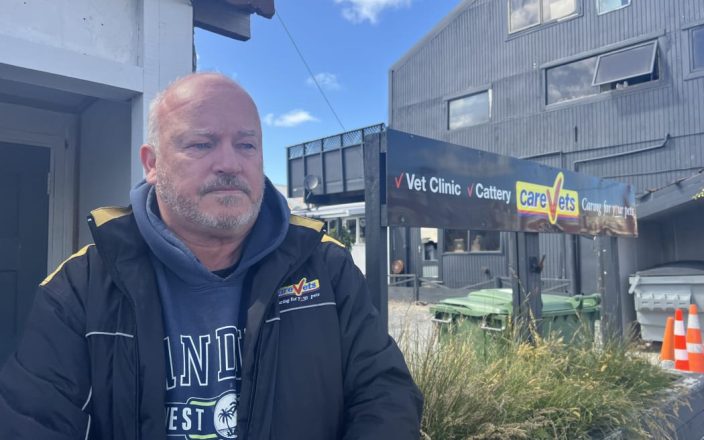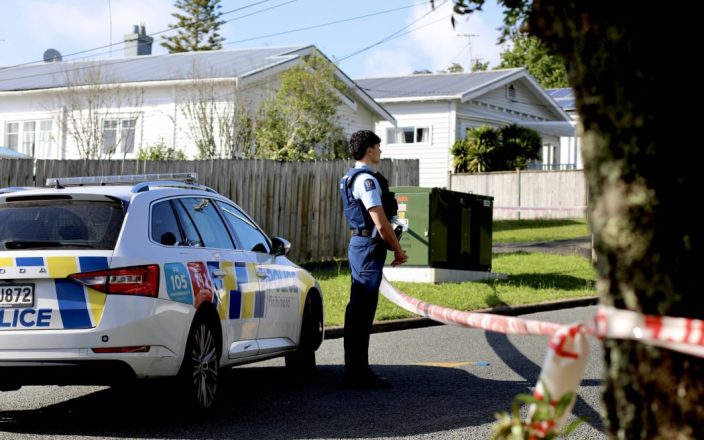Inihayag ng TVNZ sa Auckland ang mga plano para sa karagdagang pagbawas ng gastos at muling pag-aayos, na mabawasan ang ginagawa ng broadcast ng estado na estado. Nagdulot ito ng mga katanungan tungkol sa kung ang nabigo na pagsasama ng media noong nakaraang taon ay isang nawalang pagkakataon.
Sa isang kamakailang TVNZ Q+A, sinabi ng pinuno ng ACT na si David Seymour na makikita na matagumpay ang mga charter school sa hinaharap. Nagbiro ang host na si Jack Tame na maaaring mas mahamon ang hinaharap ng media. Kasunod ng mga naunang pagbawas sa mga programa ng balita, ipinahayag ni Tame ang pagkabigo tungkol sa pag-save ng free-to-air TV, na inihambing ito sa pag-bailout ng Titanic.
Ang plano ng TVNZ, na tinatawag na Digital+, ay naglalayong makahanap ng mga paraan upang makatipid ng pera. Hindi tulad ng mga nakaraang pagbawas na nagtapos sa mga sikat na palabas, sinabi ng TVNZ na walang indibidwal na trabaho ang putol sa bilog na ito. Plano nilang magbahagi ng mga panukala sa kawani sa lalong madaling panahon Kasama sa bahagi ng plano ang pagsasara ng live na site ng balita na 1NewsNow noong Pebrero at paglilipat ng site ng kabataan na Re: News upang tumuon lamang sa video.
Noong Hulyo, inihayag ng balita ng TVNZ kailangan nilang makahanap ng $30 milyon sa pagtitipid o bagong kita para sa susunod na taon ng pananalapi, matapos mag-ulat ng $39 milyong pagbaba sa kita noong 2023.
Mas maaga sa taong ito, inihayag ng TVNZ ang makabuluhang pagbawas sa nilalaman at kawani bilang bahagi ng kanilang diskarte sa pananalapi. Tinitiyak nila ang mga kawani na mayroon pa rin silang magandang pagbabahagi ng madla at paglago sa kanilang online platform, ang TVNZ +. Gayunpaman, ang kita ng digital ad ay mas mababa kaysa sa tradisyunal na mga ad sa TV.
Ang paglikha ng isang bayad na serbisyo sa subscription ay maaaring madagdagan ang kita, ngunit nahaharap ito sa mga panganib mula sa Plano ng TVNZ ang isang $100 milyong pag-upgrade sa digital na teknolohiya nito upang suportahan ang streaming.
Ang paglipat sa streaming ay nangyayari sa buong tanawin ng media, na lumayo din ang Freeview mula sa tradisyunal na pag-broadcast. Ang natatanging posisyon ng TVNZ bilang isang komersyal na broadcast ng estado ay maaaring lumikha ng mga hamon, habang nagbabago ang mga gawi ng madla.
Iminungkahi ng nakaraang pamahalaan na pagsasama ang TVNZ sa RNZ upang bumuo ng isang bagong entidad ng pampublikong media, ngunit ang planong ito ay ibinaba bago ang halalan. Inilarawan ito ng mga kritiko bilang hindi kinakailangan.
Binanggit ng CEO ng isa pang pambansang broadcast, Whakaata Māori, ang mga potensyal na pagbawas sa serbisyo ng balita nito dahil sa mga isyu sa pagpopondo. Kinilala ng Ministro ng Media na si Paul Goldsmith ang malubhang krisis sa pananalapi sa media, na nagpapahiwatig na maaaring kailanganin ng TVNZ na gumawa ng mga pagbabago nang mabilis.

